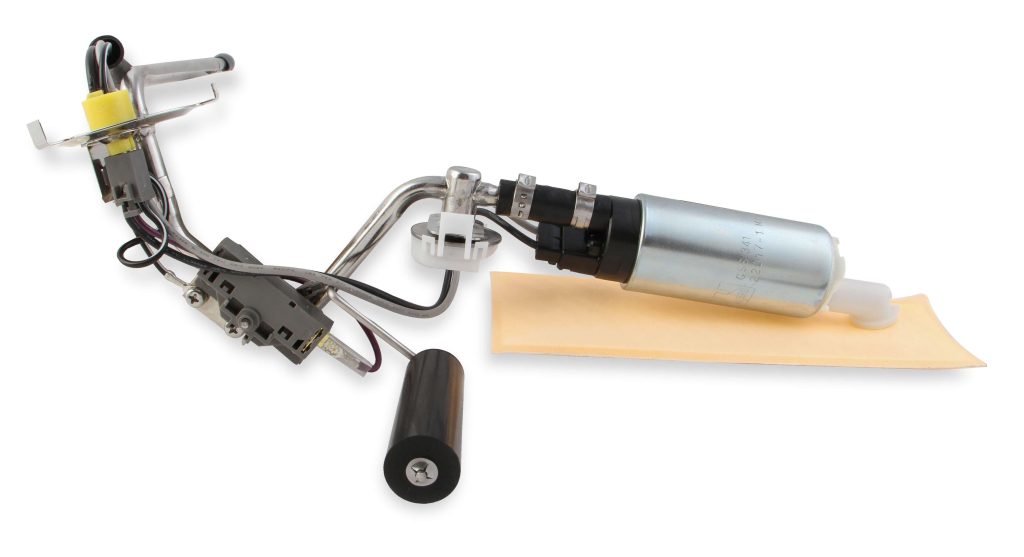

**Key Differences Between EFI and Carburetors**
The discussion regarding Electronic Fuel Injection (EFI) versus carburetors has persisted in the automotive industry for years. Both mechanisms are intended to provide the optimal blend of air and fuel for combustion in the engine, yet they operate in distinctly different manners. Below are the primary differences between EFI and carburetors:
1. **Technology and Functionality:**
– **Carburetor:** A carburetor is a mechanical apparatus that combines air with fuel utilizing the vacuum produced by the engine’s intake process. It depends on the Venturi effect to draw fuel into the air stream and direct it to the engine.
– **EFI:** Electronic Fuel Injection employs electronic controls and sensors to accurately inject fuel into the engine’s intake manifold or directly into the combustion chamber. It uses a computer (ECU) to establish the ideal fuel-air combination based on live data.
2. **Fuel Supply:**
– **Carburetor:** Provides fuel through jets and depends on mechanical modifications to alter the fuel-air mixture. It can be less accurate, particularly under fluctuating conditions.
– **EFI:** Ensures accurate fuel supply by regulating both the quantity and timing of the injected fuel. This results in enhanced efficiency and performance across various driving conditions.
3. **Performance and Efficiency:**
– **Carburetor:** Generally less efficient, as it struggles to modify the fuel-air mixture with the precision that EFI offers. Performance can fluctuate with changes in altitude and temperature.
– **EFI:** Delivers superior fuel efficiency and performance owing to its capacity for dynamic adjustment of the fuel-air mix. It provides more stable power and enhanced throttle responsiveness.
4. **Dependability and Upkeep:**
– **Carburetor:** Necessitates routine upkeep, such as cleaning and adjustments, for peak performance. It is more susceptible to complications like clogging and wear over time.
– **EFI:** Usually demands less maintenance and is more dependable due to fewer mechanical components. Nevertheless, it might need specialized diagnostic tools for troubleshooting.
5. **Pollutants:**
– **Carburetor:** Generally emits higher pollutants because of less precise fuel management, causing incomplete combustion.
– **EFI:** Generates lower emissions by refining the combustion process, complying with stricter environmental standards.
6. **Price and Complication:**
– **Carburetor:** Typically more affordable and simpler to install and fix. It is a more straightforward mechanism with fewer parts.
– **EFI:** More intricate and expensive because of the requirements for sensors, wiring, and a computerized system. However, the advantages in efficiency and performance frequently warrant the initial higher expense.
7. **Flexibility:**
– **Carburetor:** Less flexible in adapting to engine condition changes and modifications. Alterations often necessitate manual tuning.
– **EFI:** Extremely flexible, as the ECU can be reprogrammed or modified to suit engine alterations and varying operating situations.
In summary, while carburetors have played a crucial role in automotive history, EFI systems present notable benefits in terms of efficiency, performance, and emissions. The selection between the two usually hinges on the specific requirements and preferences of the vehicle owner, as well as the planned usage of the vehicle.






